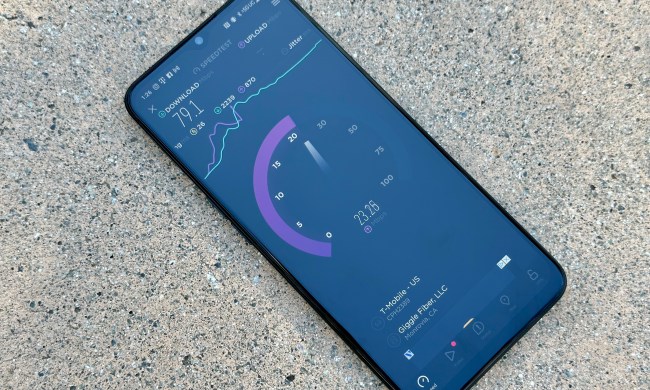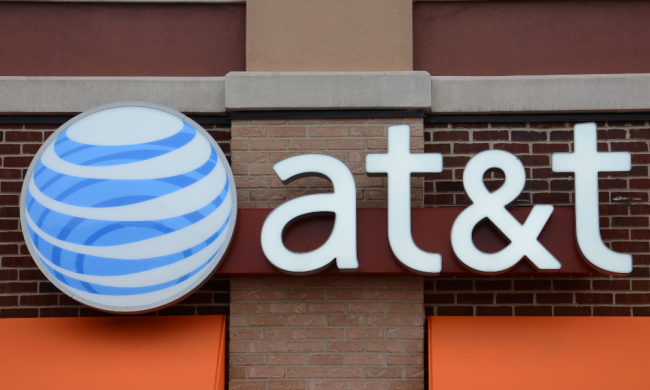Huawei has been banned from supplying its 5G mobile network infrastructure equipment in Australia. The government issued order said regulations that previously only applied to carriers, would now apply to equipment, too. In a statement, representatives said using equipment sourced from companies that could be influenced by foreign governments may leave the “nation’s network vulnerable to unauthorized access or interference.”
An official told Reuters the new directive was aimed at Huawei, although the company was not mentioned by name in any of the official documentation. Huawei Australia responded to the news via its official Twitter account, saying it has been working on wireless technology on the continent for 15 years in a safe and secure manner, and called the decision an “extremely disappointing result for consumers.”
China’s foreign ministry spokesman is quoted as saying Australia should not use excuses to “artificially erect barriers,” and that the Chinese government has expressed “serious concern.” Australia has shut Huawei out of other communication deals already this year, previously ending projects related to fiber-optic connections and undersea cables.
Battle for 5G supremacy
Huawei calls itself a “world leader in 5G.” It announced an $800 million investment in 5G technology research and development in 2018, and has recruited more than 300 experts in the field over the past 10 years. It does have plenty of competition in the 5G world, with Ericsson, Nokia, ZTE, Qualcomm, Samsung, and Intel all vying to succeed in what’s considered the next major advancement in mobile technology. Research from network optimization company Viavi Solutions showed Ericsson is behind 30 percent of the world’s 5G trials, with Huawei in second position with 22 percent.
Vodafone Australia has commented on the ban, saying the decision, “creates uncertainty for carrier’s investment plans,” and is a “significant change which fundamentally undermines Australia’s 5G future.” The timing of the government’s announcement hasn’t helped either, as it comes before a crucial 5G spectrum auction that takes place in Australia during November. Vodafone will compete with local networks Optus and Telstra, which may have deals signed with Huawei’s competitors, based on a local news story.
Australia’s ban on Huawei’s 5G equipment comes after a similar ban in the United States, where Huawei has faced considerable resistance to its consumer products and its infrastructure hardware.



